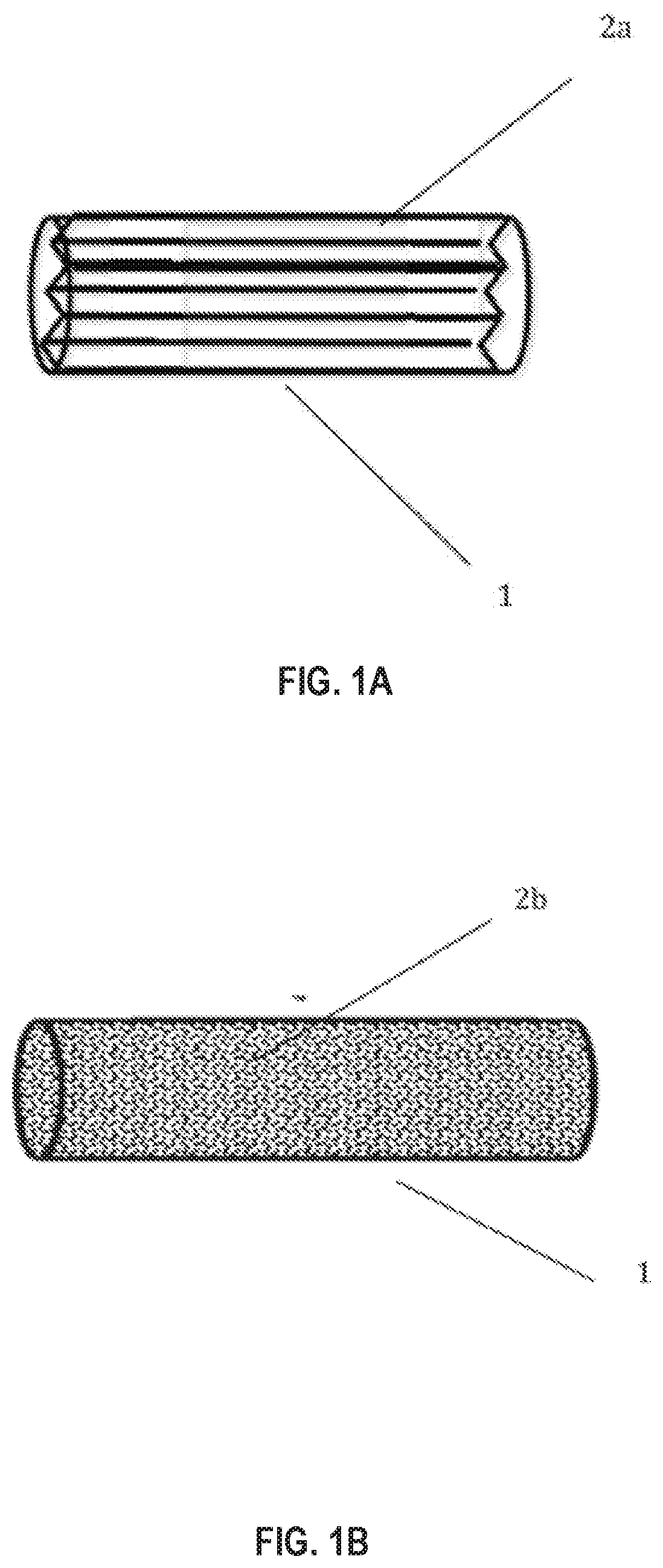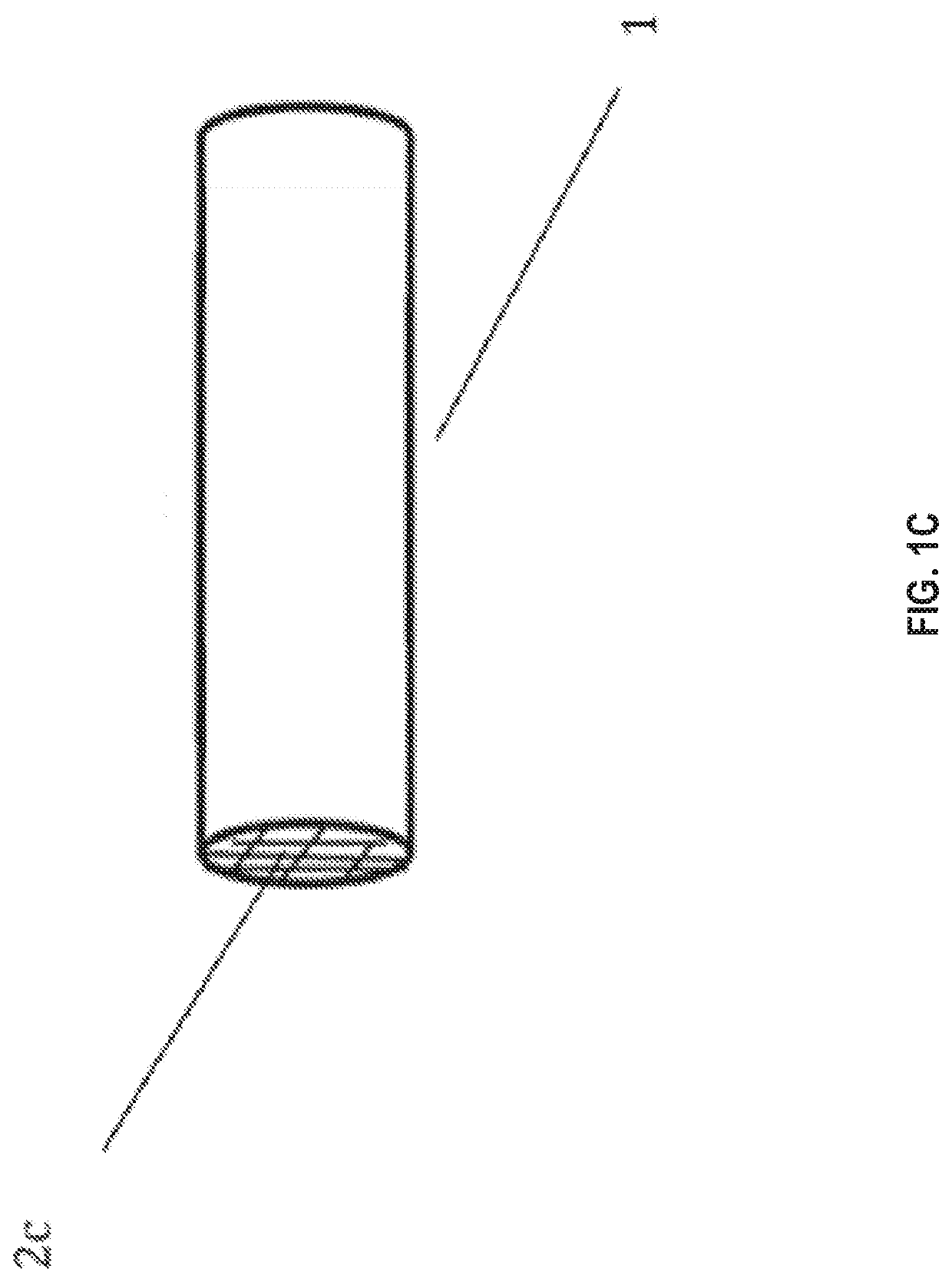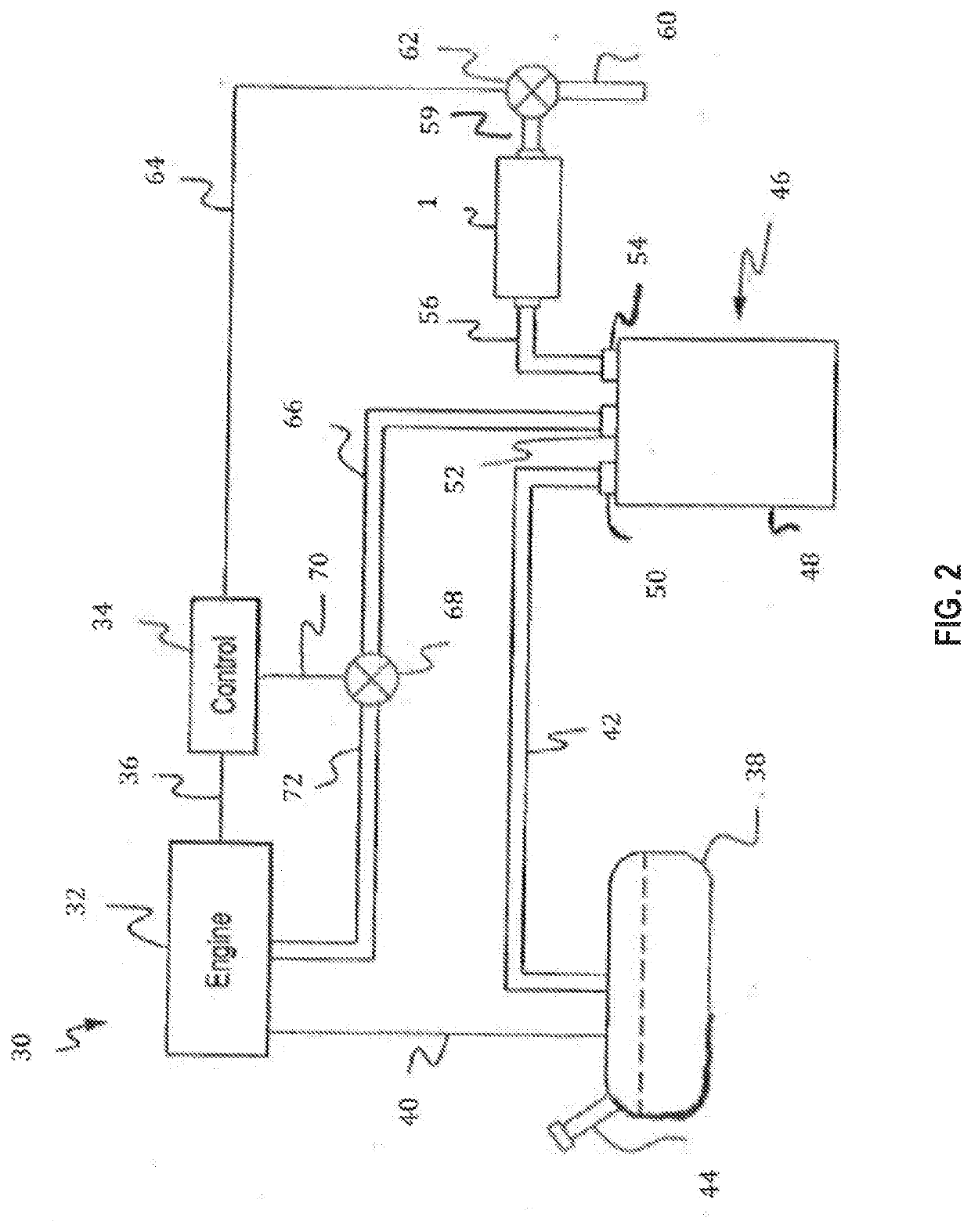Adsorbent material for reducing hydrocarbon bleed emission in an evaporative emission control system
a technology of evaporative emission control and absorbent material, which is applied in the field of substrates, can solve the problems of increased vapor pressure in the fuel tank, potential for evaporative loss of fuel to the atmosphere, and certain limitations of the capacity and performance of the above-mentioned canister system
- Summary
- Abstract
- Description
- Claims
- Application Information
AI Technical Summary
Benefits of technology
Problems solved by technology
Method used
Image
Examples
example 1
on of Monolith Coated with a Zeolite
[0103]298.8 g of water was mixed with Zeolite 3 from Example 5 (below) and the combination was mixed thoroughly with a Ross high-shear mixer. The resulting suspension was then milled with an Eiger continuous mill until the d90 particle size was 17.8 microns. 50.59 g of a 30% zirconium acetate solution and 2 drops of octanol were then mixed in to form the final slurry.
[0104]A cylindrical ceramic monolith substrate (230 cells per square inch) of 29×100 mm (cylinder diameter×length) was dipped into the slurry. Excess slurry was removed by clearing the channels using an air-knife operated at a pressure of 55 psi. The substrate was dried at 110° C. for 1 hour and then calcined in air at 300° C. for 3 hours. The final loading of the coating on the substrate was 1.76 g / in3.
example 2
nt of Pore Size Distribution
[0106]Nitrogen pore size distribution and surface area analysis were performed on Micromeritics TriStar 3000 series instruments. The material to be tested was degassed for a total of 6 hours (a 2-hour ramp to 300° C., then a hold at 300° C. for 4 hours, under a flow of dry nitrogen) on a Micromeritics SmartPrep degasser. Nitrogen BET surface area was determined using 5 partial pressure points between 0.08 and 0.20. The nitrogen pore size was determined using the BJH calculations and 33 desorption points.
[0107]FIG. 4A shows the pore size distribution of a beta zeolite (Zeolite 3 from Example 5) versus the commercially-available monolith carbon, and FIG. 4B shows the corresponding cumulative pore size distribution. In this graph can be seen the relatively lower amount of mesopores that are present in Zeolite 3, yet still has a significant amount of micropores.
example 3
nt of Butane Isotherms
[0108]A butane isotherm measurement measures the adsorbed amount of butane in a sample material as a function of the partial pressure of butane. Butane is introduced incrementally into the evacuated sample, allowed to reach equilibrium, and the adsorbed mass is measured. The procedure used for this is example is as follows: an approximately 0.1 g sample of material is degassed under vacuum at 120° C. for 960 minutes, and the butane isotherm was measured using a 3Flex High Resolution High-throughput Surface Characterization Analyzer. The adsorptive test gas used is butane and the backfill gas used is nitrogen. During the analysis, a temperature of 298 K is maintained with a circulating bath of a water and antifreeze mixture. Low pressure dose amounts are 0.5 cc / g up to 0.000000100 p / p0, and 3.0 cc / g up to 0.001 p / p0. An equilibration interval of 30 seconds is used up to 0.001 p / p0, and an equilibration interval of 10 seconds is used for the rest of the isotherm....
PUM
| Property | Measurement | Unit |
|---|---|---|
| Fraction | aaaaa | aaaaa |
| Thickness | aaaaa | aaaaa |
| Fraction | aaaaa | aaaaa |
Abstract
Description
Claims
Application Information
 Login to View More
Login to View More - R&D
- Intellectual Property
- Life Sciences
- Materials
- Tech Scout
- Unparalleled Data Quality
- Higher Quality Content
- 60% Fewer Hallucinations
Browse by: Latest US Patents, China's latest patents, Technical Efficacy Thesaurus, Application Domain, Technology Topic, Popular Technical Reports.
© 2025 PatSnap. All rights reserved.Legal|Privacy policy|Modern Slavery Act Transparency Statement|Sitemap|About US| Contact US: help@patsnap.com



